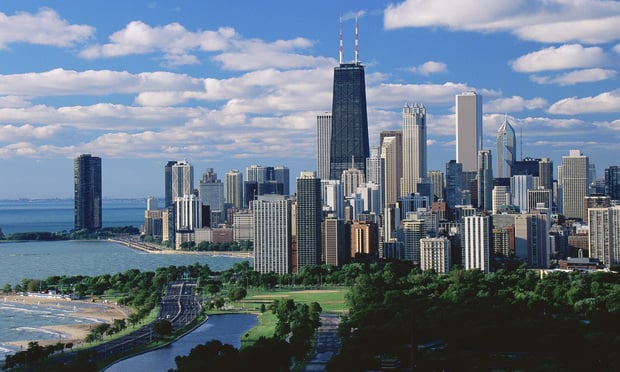CHICAGO—A responsible lending environment is boosting the appeal of sale leasebacks. So says locally based Marc Imrem, managing director of net lease and SLBs for Transwestern. (Transwestern is a GlobeSt.com Thought Leader.) This is especially true for what he terms less-than-credit users.
“The value wrapped up in retail real estate helps drive the market,” he says. “It's also driven by the opportunity to collect capital from the market when we're talking about less-than-credit owners. Such operations, like franchisees of restaurants, use the sale leaseback to monetize the asset and roll that into opening more locations.”
(Click here for a video conversation with Imrem on
the consequences of a repeal of 1031 exchanges.)
Essentially, the vehicle becomes the source of funding for growth, a “programmatic effort to expand with less effort than trying to put together financing.” As such, Imrem says, he sees activity coming not from startups, which have yet to prove their income and expense success, but from what he calls post-startups, firms that have gained a track record.
Needless to say, activity is coming not only from post-startups and upstarts, but from major corporations that use SLBs “as an economical opportunity to raise money without affecting their balance sheet.” In both cases (big and small), the former owner also benefits by retaining company equity, as opposed to the loss of operational control they could find if they traveled the private equity route.
Imrem reports that his shop is also involved in industrial sale-leasebacks, and recently did a transaction with a private equity company that spun off the real estate of a firm it was buying to help fund the deal. The target operation was “a heavy-construction equipment company,” he tells GlobeSt.com.
“In the purchase of the business, the real estate—two Illinois properties totaling about 50,000 square feet—wasn't assigned any value, so executing a sale leaseback presented a big tax burden. We found a buyer willing to execute a transaction that we structured as a hybrid ground lease, debt and sale leaseback to mitigate the tax implications.”
Imrem is fairly confident that the market both for retail and industrial SLBs will remain “fairly constant” for the foreseeable future. The wild card is interest rates. “We've seen reports stating that industrial output hasn't increased since November.
“This should help keep interest rates where they are,” he continues. “What happens with rates affects the momentum of the market. If they stay where they are, there won't be much affect and the companies that want to will continue to take advantage of the sale leaseback market.”
Imrem's concern about what happens to rates lies in what hasn't happened to rates to date: “The economy has recovered well, but there's been no significant effort to raise interest rates. It should have been happening already--incrementally--and the longer it takes the more likely we are to run into a problem in the economy such as significant inflation, which will push interest rates quickly. That will be a problem.”
© Touchpoint Markets, All Rights Reserved. Request academic re-use from www.copyright.com. All other uses, submit a request to [email protected]. For more inforrmation visit Asset & Logo Licensing.







